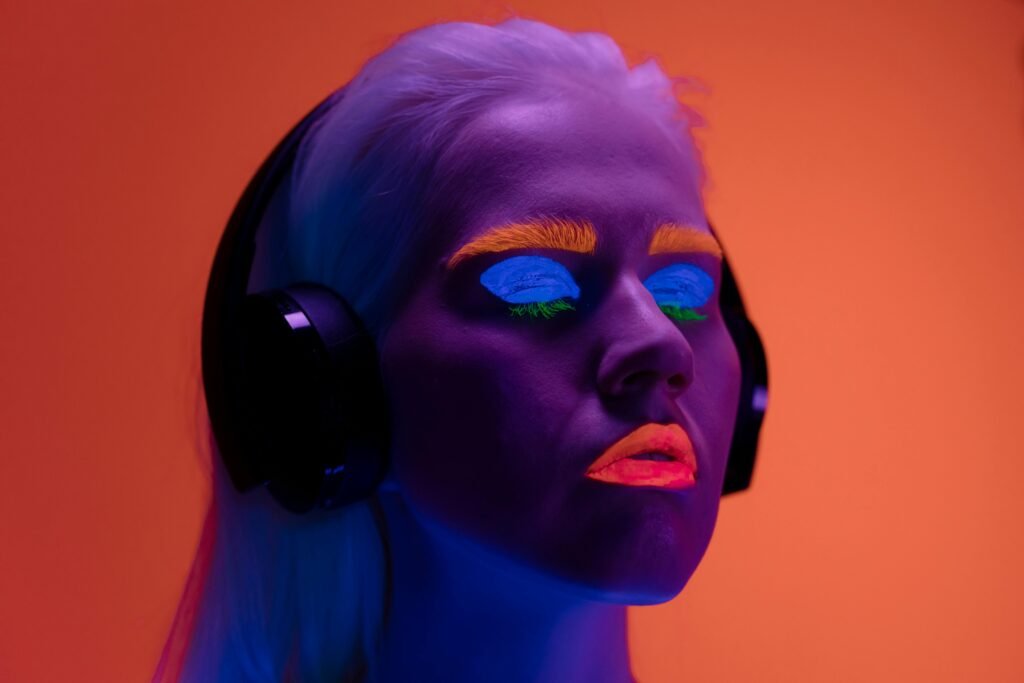
Introduction to Synesthesia Inspired Communication
In a world crammed with the same old methods of communication, who wouldn’t want to jazz things up a bit?
Enter synesthesia inspired communication, where we throw caution to the wind and blend our senses like a masterful smoothie.
Picture this: you’re not just talking about emotions or ideas; you’re painting them in colors, seasoning them with tastes, and setting them to a killer soundtrack.
This is particularly fascinating for artists and poets who are tired of the humdrum and are itching to dive into something truly extraordinary.
Imagine you’re a writer trying to describe the feeling of joy.
Sure, you could say, “I felt happy,” but where’s the fun in that?
Instead, why not describe the sensation as a burst of bright yellow light, accompanied by the sweet taste of honey, and the sound of children laughing in the background?
Now, you’re not just telling your audience about joy; you’re making them feel it, taste it, and hear it.
Synesthesia inspired communication isn’t just for show offs, though.
It’s for anyone who wants to spice up their storytelling game and create richer, more engaging content.
Artists can use colors to represent emotions, turning a simple painting into an emotional rollercoaster.
Poets can describe a heartbreak not just through words but through the bitter taste of dark chocolate and the somber notes of a cello.
Suddenly, your audience isn’t just reading or looking; they’re experiencing.
Now, I know what you’re thinking: “But I’m not a synesthete! I don’t naturally experience these sensory overlaps!”
Guess what? You don’t need to be.
With a little practice and a lot of imagination, anyone can start thinking like a synesthete.
And the best part? There’s no right or wrong way to do it.
It’s your sensory world, and you get to make the rules.
So why stick to the usual ways of expression when you can explore a world where colors, tastes, and sounds create a symphony of meaning?
Whether you’re crafting a poem, painting a masterpiece, or simply trying to tell a more compelling story, synesthesia inspired communication can take your work to a whole new level of awesomeness.
Get ready to mix things up and see where this sensory adventure takes you!
Understanding the Basics of Synesthetic Experiences
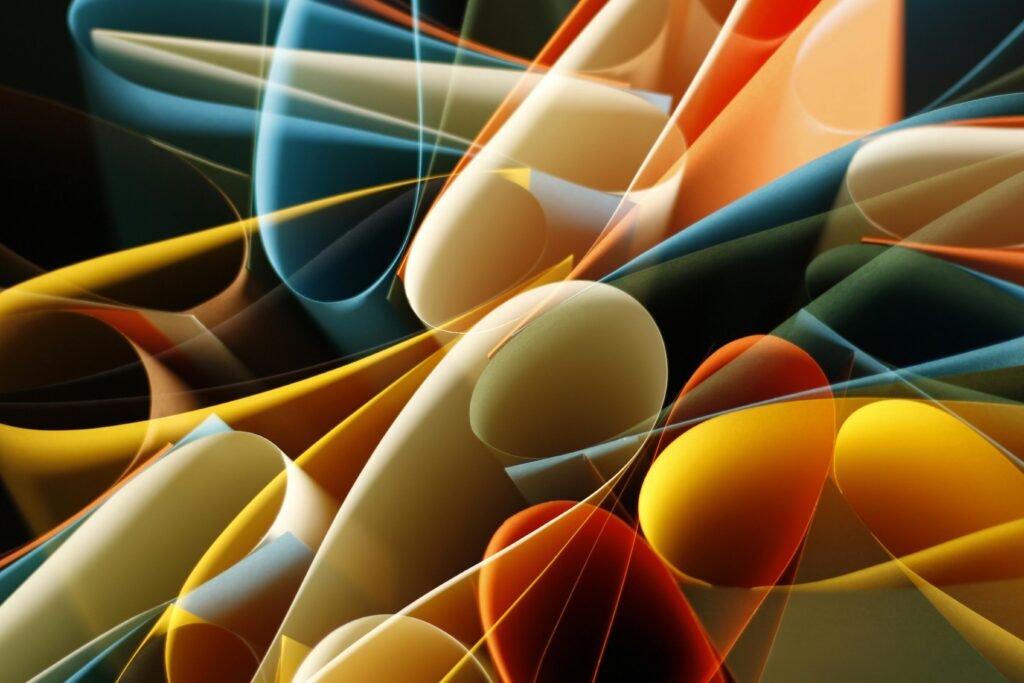
Synesthetic experiences are like the sensory version of a crazy, colorful mashup.
It’s where your senses decide to throw a wild party and everyone’s invited.
Imagine tasting sounds or seeing colors when you hear music.
This sensory cross wiring can make the world a much more interesting place, especially if you’re an artist or poet looking to shake things up.
Let’s dive into how this can actually be useful.
For starters, colors often come with emotional baggage.
Warm colors like red are like that loud, attention seeking friend who always gets noticed first.
They grab attention and can even influence mood “People see warm colors like red before cool colors like blue.” – Dulux .
Knowing this, you can use colors strategically to evoke specific feelings in your work.
Red could signal urgency or passion, while blue might bring in a calm, reflective vibe. It’s like creating an emotional soundtrack, but with colors.
Synesthetic experiences can also be linked to sounds.
Imagine hearing a piece of music and seeing it as a landscape of colors.
High pitched notes could be bright, shimmering yellows, while deep bass tones might appear as dark, rich purples.
This isn’t just for fun; it can add another layer to your storytelling.
If a character is experiencing a high point, you might describe their emotions as a symphony of bright, energetic colors.
On the flip side, a moment of sorrow could be portrayed as a blend of deep, somber hues accompanied by a slow, mournful melody.
But wait, there’s more! Taste can also come into play. Ever noticed how some foods just feel like they have a mood?
The bitterness of black coffee might symbolize a tough, introspective moment, while the sweetness of a ripe peach could evoke feelings of warmth and nostalgia.
By weaving these sensory elements into your narratives, you make the experience richer and more immersive for your audience.
So, what’s the takeaway here?
Synesthetic experiences aren’t just quirks of the brain; they’re tools you can use to make your art pop.
By blending colors, sounds, and tastes, you can create a multi-sensory experience that resonates on a deeper level.
Who wouldn’t want to explore that kind of creative playground?
Techniques for Speaking in Colors
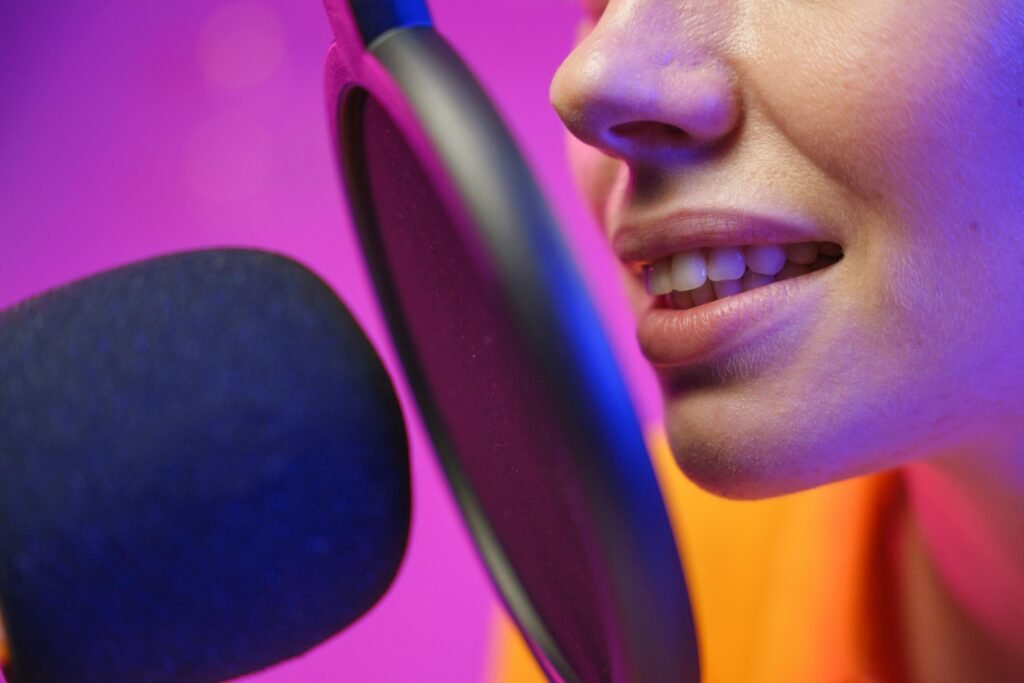
Alright, let’s dive into the colorful world of synesthesia inspired communication.
You might be thinking, “How the heck do I even start speaking in colors?”
Don’t worry; I’ve got you covered.
Colors are like emotional shortcuts.
They bypass all the boring, wordy explanations and get straight to the feels.
For instance, let’s say you’re trying to convey tranquility in a poem.
Sure, you could use the word “tranquil,” but isn’t it so much cooler to describe it as a serene blue sky just before dusk?
Blue is your best friend here; it’s calm, it’s soothing, it’s basically a visual chill pill.
The best part?
Using colors can actually make your work more memorable.
Studies have shown that appropriate color usage can enhance brand recognition by up to 80% (Appropriate color usage can enhance brand recognition by up to 80%.).
But what if you’re not into tranquility and want to crank up the emotional volume?
Reds and oranges are your go tos.
These colors scream passion, urgency, and energy.
Picture a love poem that’s not just about love but is practically glowing with it, like a sunset so vibrant it looks like the sky’s on fire. Now that’s how you make an impact!
And let’s not forget about the underrated colors.
Green isn’t just the color of your salad; it’s the hue of growth, renewal, and sometimes a bit of jealousy.
Think of it as the Swiss Army knife of colors; versatile and incredibly useful.
You can depict a character’s personal growth or even the envy they feel towards someone else’s success.
Also, don’t underestimate the power of contrast.
Juxtaposing colors can create a dramatic effect that pulls your audience in.
Imagine a painting where a bright yellow sun shines over a gloomy gray landscape.
The contrast makes both colors pop and tells a more compelling story.
So, grab your virtual paintbrush and start experimenting.
Mix those hues, clash those shades, and watch as your creative work transforms into a vibrant, sensory experience that words alone could never achieve.
Expressing Through Tastes

Taste is one of those senses we often forget about in the realm of creative expression, but it’s a goldmine waiting to be tapped.
Think about it: flavors can evoke emotions and memories faster than you can say “cupcake.”
Picture this: your protagonist is sipping a bitter espresso while contemplating a tough decision.
That bitterness can symbolize internal conflict, giving your narrative an extra layer of depth.
Imagine describing nostalgia with the sweet, comforting taste of a freshly baked apple pie.
Your readers won’t just read about the memory; they’ll practically taste the cinnamon and feel the warmth.
Taste can ground your storytelling in reality, making it more vivid and relatable.
And let’s not forget the power of contrasting flavors.
Ever tried a salted caramel?
It’s the perfect blend of sweet and savory, a taste explosion that could represent complex emotions in your characters.
Maybe your heroine’s victory is bittersweet, like dark chocolate with a hint of sea salt.
Your audience will feel that complexity in their taste buds.
Using taste in your art isn’t just for writers.
Visual artists can hint at flavors through color choices and textures.
Imagine a painting of a bustling market with rich, earthy tones of fresh bread and ripe fruits.
Viewers might not literally taste the food, but they’ll feel the vibrancy and life of the scene.
And who says you need to stick to common tastes?
Get adventurous! Maybe the metallic tang of blood signifies betrayal in your crime thriller, or the spicy heat of chili peppers symbolizes a burning passion in your romance novel.
The sky’s the limit, and the more creative you get, the more memorable your work becomes.
So, next time you’re crafting a story or painting a picture, don’t just think about what your characters see or hear.
Think about what they taste. Use flavors to add layers of meaning and emotion, creating an experience your audience won’t just see or hear, but will practically taste.
Get ready to make your art so mouthwatering, your audience might just start drooling.
Communicating with Sounds
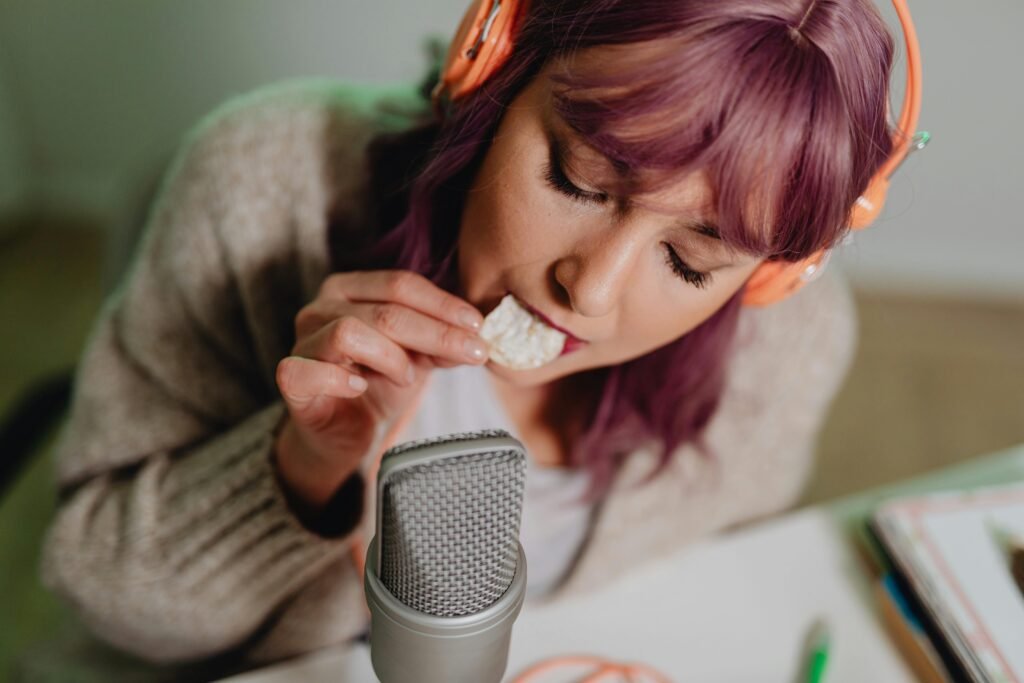
Alright, folks, let’s dive ear-first into the world of sounds.
Think of sounds as the unsung heroes of sensory communication.
Yeah, I went there. Sounds can transport you to a different place or time faster than you can say “earworm.”
Ever listened to a piece of music and suddenly felt like you were back in your grandma’s kitchen, the smell of cookies wafting through the air?
That’s the magic we’re talking about.
Imagine you’re crafting a story and want to convey the serene calmness of a sleepy town.
You could describe it as “peaceful,” but where’s the fun in that?
Instead, bring it to life with the gentle rustling of leaves and the distant hoot of an owl.
Your readers won’t just read about the calm; they’ll hear it, feel it, and be there in that moment.
And let’s not stop at nature sounds.
Music is a powerful tool too.
Picture a tense scene in your novel.
You could crank up the anxiety by mentioning the low, menacing hum of a cello in the background.
Or maybe your protagonist’s heart is fluttering with love; describe it as a chorus of violins playing a sweet, romantic melody.
The right sound can amplify emotions in ways words alone can’t.
But wait, there’s more!
Don’t just think about what sounds your characters are hearing; think about the sounds that symbolize their emotions.
Is your character ecstatic?
Imagine their joy as the upbeat rhythm of a jazz band in full swing. Feeling melancholic?
Paint their sorrow with the soft, slow plucking of guitar strings.
Sound can even shape a visual artist’s work.
Ever noticed how some paintings seem to hum with energy or whisper a secret?
A vibrant, chaotic street scene could almost burst with the clatter of market vendors and the honking of horns.
In contrast, a quiet, snowy landscape might feel hushed, with the soft crunch of footsteps the only sound breaking the silence.
So, whether you’re writing a novel, composing a poem, or painting a masterpiece, don’t underestimate the power of sound.
Use it to layer your work with emotions and atmospheres that words alone can’t capture. Now go forth and make some noise; literally and figuratively.
Combining the Senses for Richer Expression
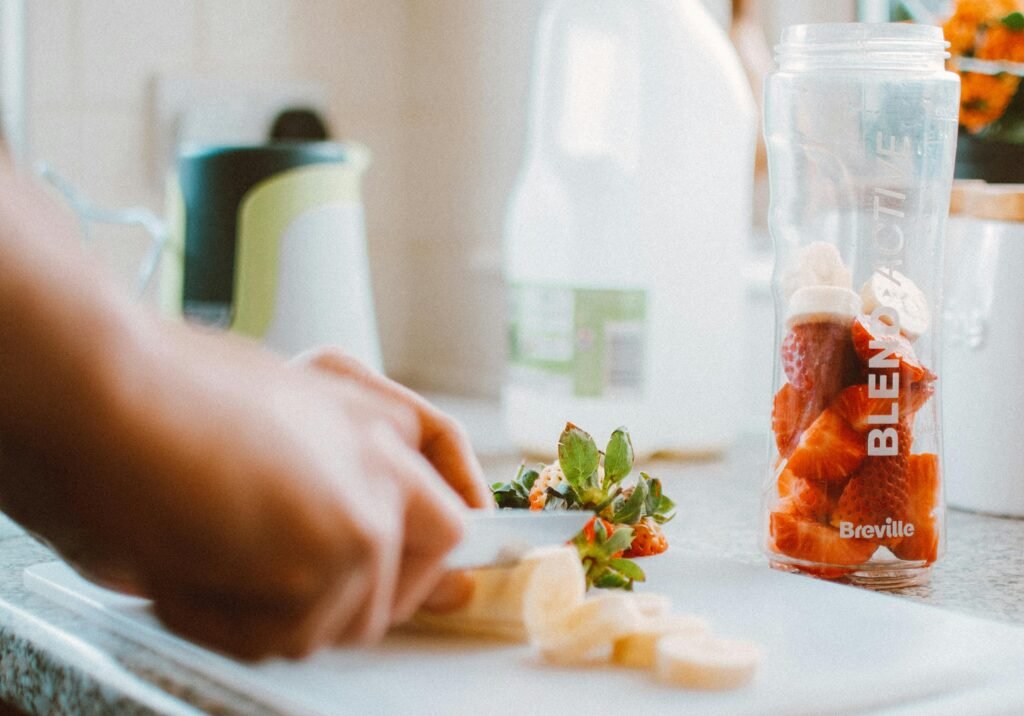
Mixing multiple senses can seriously elevate your creative game.
Imagine your work as a sensory symphony where each sense plays its part.
When you blend colors, tastes, and sounds, you create an experience that goes beyond just one dimension.
It’s like upgrading from a black and white movie to 4K with surround sound.
Picture this: you’re crafting a scene in a novel where your character feels safe and secure.
Instead of just saying it, you paint the scene in calming blues, add the serene sounds of gentle waves, and maybe even throw in the subtle taste of mint tea.
This combo doesn’t just tell the audience your character feels safe; it makes them feel that sense of security too.
Studies have shown that blue is a big hit when it comes to evoking trust.
In fact, 46% of consumers say blue instills the most trust/security for pet food websites.
Artists and poets have been using these sensory combos for ages, even if they didn’t call it synesthesia.
Think about a poem where love isn’t just mentioned but is felt through the warm, cozy colors of a sunset, the sweet taste of strawberries, and the soft strumming of an acoustic guitar.
Your audience doesn’t just read about love; they live it. It’s like giving them a backstage pass to your emotional rock concert.
Take a page from the world of marketing; ever noticed how many brands use blue in their logos?
There’s a reason for that.
Blue isn’t just popular because it looks nice; it’s a color that resonates with trust and reliability.
By combining these sensory elements, you can create a vibe that’s both impactful and memorable.
So, the next time you’re working on a project, don’t just stick to the usual suspects of sight and sound.
Throw in some taste, mix in some texture, and let your imagination run wild.
Practical Tips for Developing Synesthetic Communication

So you’re ready to dive into the colorful, tasty, and noisy world of synesthetic communication?
Awesome! But before you start splashing metaphors everywhere, let’s talk practical tips for making this sensory magic happen.
First off, become a sensory sponge.
Start paying attention to the colors, sounds, and tastes that make up your daily life.
Notice how the red of a stop sign feels different from the blue of a calm ocean.
Listen to the hum of your fridge; what mood does it set?
When you sip that morning coffee, focus on its bitterness and think about what it could represent in a narrative.
Practicing mindful observation helps you stockpile sensory details that can enrich your work.
Next, practice blending these senses in small doses.
Start with simple exercises.
Write a short story where each emotion is tied to a specific color.
Describe a setting using not just visuals but also sounds and tastes.
For instance, a bustling market could be portrayed with vibrant colors, the chatter of vendors, and the spicy aroma of street food.
If you’re more of a visual artist, consider how you can hint at sounds or tastes in your work.
Use bold, clashing colors to create a “noisy” painting or soft pastels for a “quiet” piece.
Try adding textures that evoke certain flavors, like rough, gritty surfaces for something bitter or smooth, glossy finishes for something sweet.
To really fine tune your skills, look to the masters for inspiration.
Study how famous artists and writers use sensory details to make their work come alive.
Check out how Vincent van Gogh used color to evoke mood, or how poets like Pablo Neruda weave tastes and sounds into their verses.
Use technology to your advantage.
Apps and online tools can help you experiment with color schemes, soundscapes, and even flavor profiles.
For example, there are sound mapping tools that let you create auditory landscapes for your stories.
Or color palettes generators that help you pick the perfect shades to evoke specific emotions.
Also, don’t be afraid to workshop your sensory explorations with others.
Join creative groups or forums where you can share your work and get feedback.
Sometimes, other people can offer insights into your sensory combinations that you might not have considered.
Finally, keep a journal of your sensory experiments.
Note down what works and what doesn’t.
Over time, you’ll develop your unique style and become more confident in blending these elements.
Remember, there’s no right or wrong way to do this; just more interesting and less interesting ways.
So go ahead, mix those senses like a mad scientist and see where your creativity takes you.
